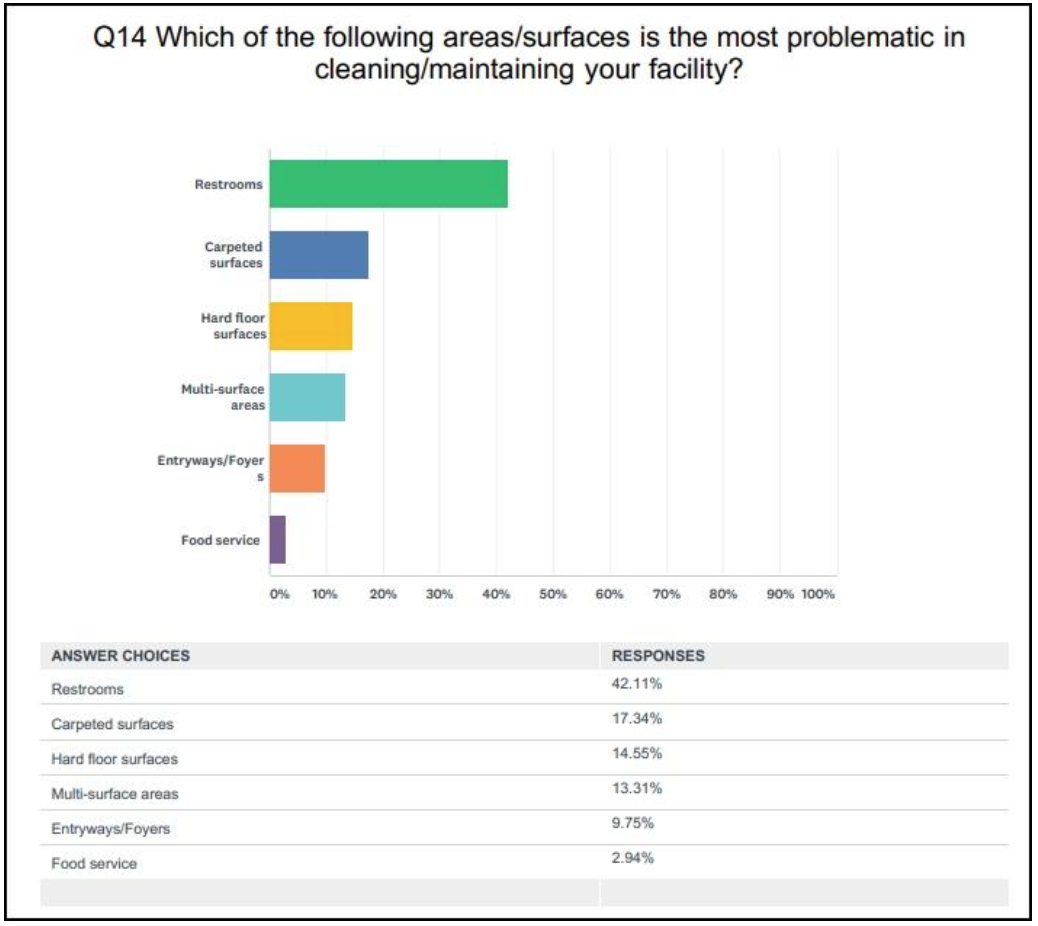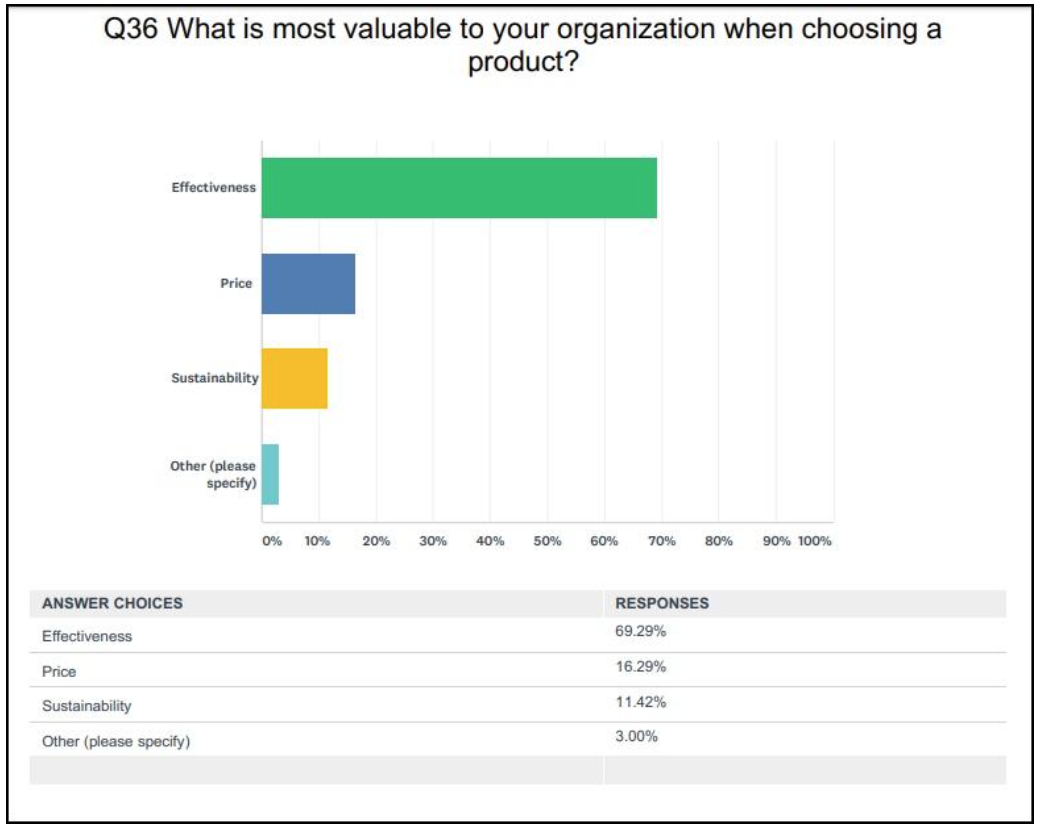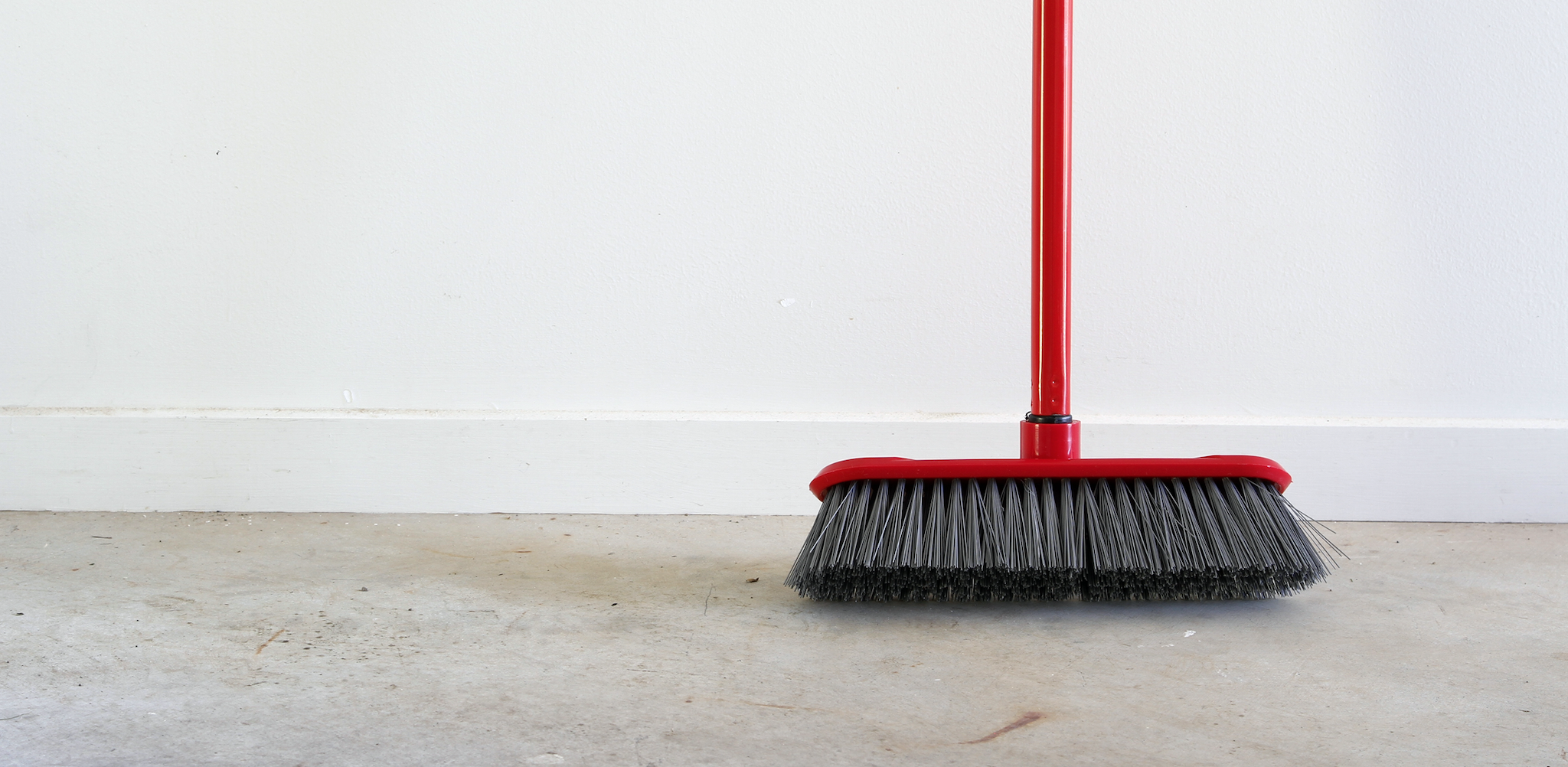Automation is steadily improving industries across the board, especially when worker tasks are manual and repetitive. McKinsey Global Institute estimates half of what a workforce is paid to do could be freed up by automation — thus allowing workers to focus on higher-value or unaddressed tasks.
When automation is applied to cleaning, there is no shortage of opportunities for technology to enhance building management. To drive efficiencies and get ahead, cleaning companies are evaluating the full spectrum of today’s technologies — particularly automation and robotics solutions — to drive efficiency, deliver better cleans, and win more clients.
However, for an industry that has been slow to both introduce and adopt new technology, the influx of mobile task management, automation, and robotics solutions may be overwhelming, and it’s tempting to try too many initiatives at once. Additionally, not all technology solutions are created equal. It’s therefore important to select a product that solves the right problems for your organization — while facilitating cohesive scale.
After deploying thousands of robotics solutions globally, below are three things we recommend when assessing automation to support processes, improve efficiency, and lower costs.
1. Robotics Initiatives Should Support Task Automation, Not Job Automation
There have been rapid advancements in the area of robotics, but the science fiction fantasy of a Rosie - one robot, seemingly endless capabilities - is just not where we’re at right now. In fact, we’re not even close.
Robotics simply cannot, nor should you attempt to, replace your workforce. It can supplement your teams and help them to become more productive. The first step is to get an understanding of your business processes. What are the tasks that are repetitive, pervasive, and manual that can be done the same way, every time?
Floor cleaning is a great example of a necessary but repetitive task in all commercial buildings. Vacuuming comprises up to 30 percent of a typical commercial cleaning job, and facility managers cite carpets as the second-most problematic area to clean and maintain.

Image source: 2018 In-House/Facility Management Benchmarking Survey, CMM
Automation in this area is promising. Autonomous floor scrubbers and commercial robot vacuums can work alongside cleaning professionals. The simple, repetitive task of floor cleaning is now automated, because it’s the same task, repeated time and again.
Task automation can improve existing jobs. With automation, workers can take on more meaningful and essential work. They can add skills to their repertoire, such as running and monitoring analytics from the technology. Additionally, cleaning professionals will still need to make important decisions, such as who does what — and how.
Automation will create more jobs. The World Economic Forum predicts that while 75 million jobs will be fundamentally affected by automation by 2022, 138 million new jobs will be created, for a net gain of 58 million jobs.
When HSBC Bank USA implemented Pepper — SoftBank Robotics’ humanoid robot — Pepper addressed the low-level interactions at the bank that would drain teller and adviser time, answering where the ATM was, if the branch had foreign currency, and basic questions about products. HSBC increased business by 60 percent year over year, which created the need to add more bankers to meet demand. Even though this example highlights a different industry, it’s a clear case study of how robotics can grow business value.
Facility managers and commercial cleaners are all too aware that labor consumes up to 40 percent of costs for most facility managers. For commercial cleaners, labor comprises up to 70 percent.
Cleaning is always going to be a people-driven industry, and automation presents an opportunity for its workers to focus on tasks requiring that human touch.
2. It Easily Integrates into Processes with Minimal Disruption
Property managers and commercial cleaners rarely have the luxury of downtime. Shutting down an office building for a few weeks to roll out a complicated technology is simply not an option.
Technology must integrate into current processes in a seamless and effective manner. Data supports this: 89 percent of facility managers stated product effectiveness drives the most value in product selection:
Image source: 2018 In-House/Facility Management Benchmarking Survey, CMM
The key to technology adoption in facilities and commercial cleaning is incremental process change. The goal is to go after the biggest benefit with minimal disruption.
Consider this scenario: you’ve procured commercial robot vacuums for deployment at your building locations. Your vendor has helped your team make the transition and is working with you to manage the process changes.
At unboxing, the cleaners build the route map for the devices so that the commercial robot vacuum can begin cleaning and learning right away.
For the next and future cleans, the devices remember the route on their own, and smartly navigate around any changes in their environment. The workers who used to vacuum the floors now focus on other areas of the building that demand the human touch.
In this scenario, digital transformation happens effectively and with real, confirmed results, with minimal interruption to normal business processes.
3. It Generates Meaningful Data You Can Use
Most would agree that the people who manage and clean commercial buildings know those buildings better than anyone else.
They know where the most trafficked areas are. They understand how seasonality and weather impacts cleanliness. They know where cleaning teams run out of time. But, you’d be hard-pressed to extract that knowledge from your workers. And when that person moves on from their job, that knowledge is also gone.
The promise of technology in process automation is to generate meaningful data that allows you to answer key questions and make strategic business decisions — regardless of turnover.
Data generated from commercial robot vacuums, for example, could tell you where the high traffic areas are — and how seasonality impacts your resource needs.
Data can also give cleaning teams the ability to report how many square feet per hour is being cleaned, and show where it cleaned. It can also state what time it was cleaned — and how long that effort took.
As a facilities manager, you can get smarter about where you should be spending time and energy to improve operations efficiency and indoor health. As a cleaning company, you can prove that you did the job — and how you did it. This data shows value in a notoriously cutthroat industry.
Be a Part of the Future and Request a Free Clean to Learn More
Consider how technology and automation can enhance your business processes: While adoption is sure to be slow (McKinsey estimates most industries take nearly a decade to adopt commercially available tech), investing now will offer a competitive edge for years to come.
Early adopters also have the advantage of refining and further developing these technologies as they are deployed on real-world use cases.
We invite you to learn more about how automation is driving the facilities and cleaning industry forward. Please email us at sbra-whizteam@softbankrobotics.com to request a free clean by our commercial robot vacuum.







